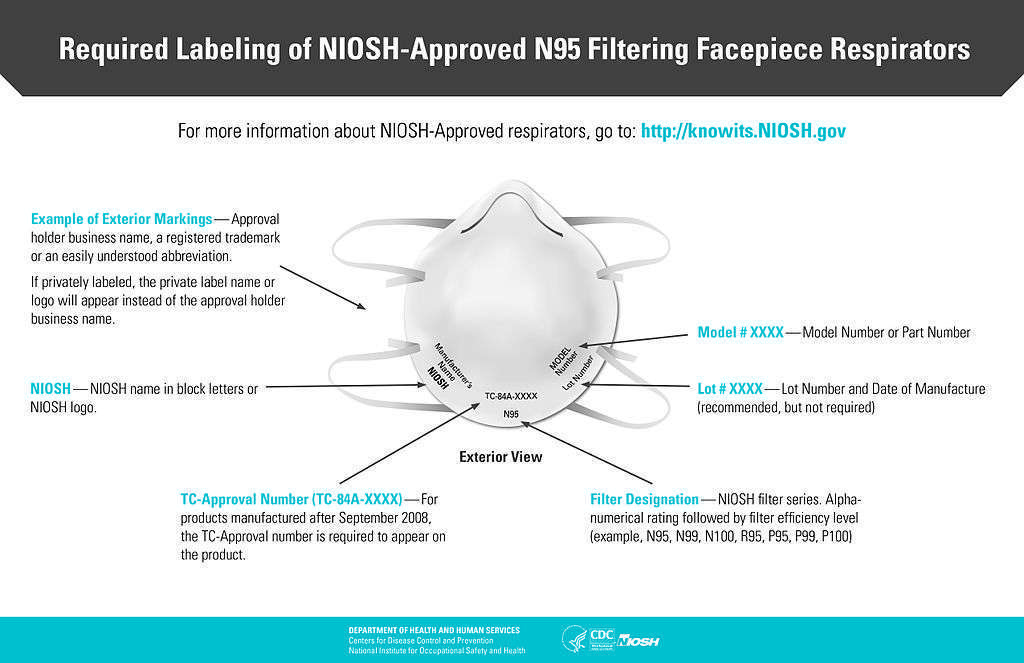By Judith Rubin, InPark Editor
There’s a shortage of medical gear in the COVID-19 pandemic, with protective masks for healthcare workers one of the oft-cited items. And there have been calls to action across a spectrum of communities including professionals, makers and home crafters. But fabricating masks that protect against a virus is not the same as knitting scarves for soldiers. Is this an area where suppliers in the visitor attractions industry can help?
In previous articles, we’ve discussed ventilators and protective gowns. For an expert perspective on masks, we reached out to Bonnie Sinclair and Karen Weller, principals of The Costume Connection. The company is based in Los Angeles with a global clientele and many years’ experience supplying theme parks as well as traditional theater.
It’s feasible that professional costume shops, 3D printing companies and others could align to produce protective masks and other gear for the medical community, on a fairly large scale. It’s already beginning to happen. Sinclair shared a March 23, 2020 notice from the Motion Pictures Costumers Local 705 stating that the union has teamed with other groups, the City of Los Angeles and the Nurses Union to create a task force for production and distribution of masks and other protective equipment.
But there are challenges in regard to supply chain and construction. “Our industry and related industries do seem to be stepping up to varying degrees,” said Weller. “What still seems to be an issue, however, is that some of those capable and planning to make the items are waiting for ordered materials and filters to be filled and delivered.” The availability of raw materials is an issue currently affecting theatrical companies. Those materials are nowadays often produced overseas, and shipping delays are commonplace in the current global crisis.
Sinclair and Weller pointed out that the standard N-95 respirator mask is a molded product that integrates an air filter, quite different from the basic fabric mask that can be sewn. “Stitching puts holes in things by its nature,” said Sinclair. “A cloth mask with stitching can’t provide the protection from droplets and particles that these workers need. There is equipment that can fuse synthetic fabrics together but it’s not something you find in a standard costume shop today. You’d need to re-equip, but the space and skills are certainly transferable in a big way.”
Recent news stories, however, indicate that manufacturers are getting into the act, that specifications are being revisited and that new legislation will offer protection against lawsuits. Sheer need will drive solutions. We hope those solutions will be both safe and effective, and that the supply will reach those who need it.
How can themed entertainment industry suppliers and creatives put their ingenuity to work in the pandemic? We want to hear from you. Contact InPark Editor Judith Rubin with your thoughts for our next column.






